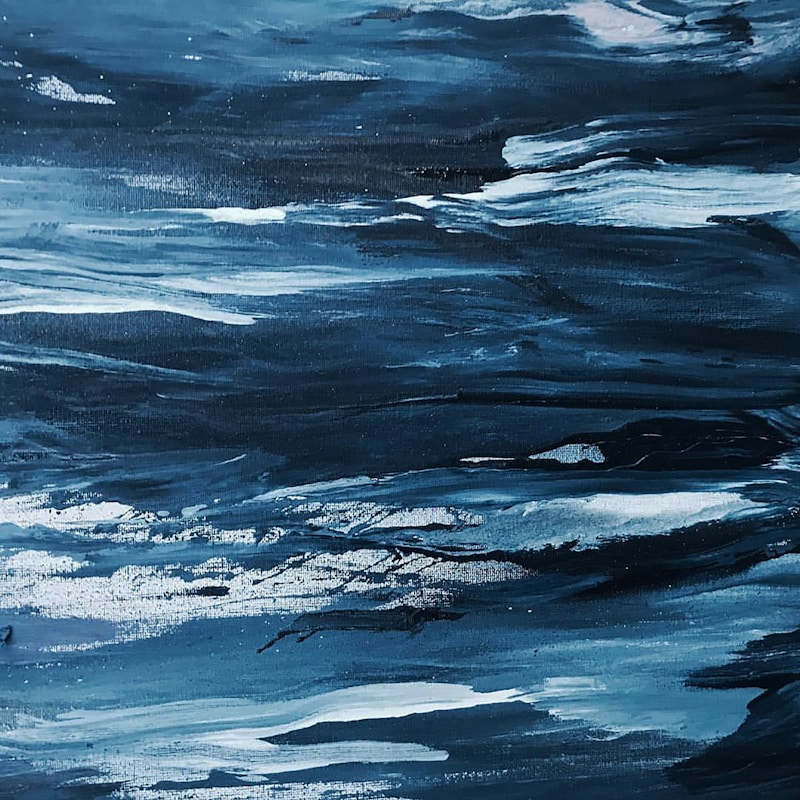Exploring Modern Interpretations of Tradition: Bridging the Past with the Present
Understanding Modern Interpretations of Tradition
In a rapidly changing world, the concept of tradition often finds itself in a state of flux. As societies evolve, so do their customs, rituals, and values. This article delves into the modern interpretations of tradition, exploring how they reshape cultural identities while retaining core elements from the past.
The Essence of Tradition
Tradition encompasses the beliefs, practices, and customs passed down through generations. These cultural legacies are essential in maintaining societal cohesion and identity. However, the interpretation of tradition varies across different cultures and time periods, leading to diverse manifestations.
Why Modern Interpretations Matter
As we progress into the 21st century, globalization and technological advancements challenge traditional norms. They compel societies to adapt and reinterpret their customs in a way that resonates with contemporary values. Modern interpretations of tradition are not merely about preservation; they also embrace change and innovation.
| Traditional Aspects | Modern Interpretations |
| Ritual Practices | Incorporation of technology in ceremonies |
| Cultural Festivals | Blending of diverse cultural elements |
| Family Structures | Redefining roles in familial relationships |
| Art and Expression | Fusion of traditional and contemporary art forms |
Case Studies of Modern Interpretations
Let's examine some specific examples around the world where modern interpretations have taken center stage, breathing new life into ancient traditions.
1. The Dia de los Muertos in Mexico
Dia de los Muertos, or the Day of the Dead, is a vibrant Mexican tradition that honors deceased loved ones. While it maintains its core rituals—such as creating altars and offering food—modern interpretations have emerged. Contemporary artists have begun to incorporate various multimedia forms, infusing the celebration with modern aesthetics and technologies.

2. Traditional Clothing in Contemporary Fashion
Fashion designers worldwide draw inspiration from traditional attire to create modernized clothing lines. For instance, in India, the saree has transcended its conventional use and is often featured on runways in unique styles and fabrics. This merging of traditional garments with modern themes allows for a new appreciation of cultural attire.
3. Music: Fusing Old and New
Musicians are increasingly blending traditional melodies with contemporary genres. Genres such as “folk fusion” incorporate instruments and rhythms from various cultural backgrounds. A prime example is the popularity of K-Pop, which often includes elements of traditional Korean music, resulting in global appeal.
Impacts of Modern Interpretations on Society
Modern interpretations of tradition can have profound effects on social identity and community cohesion. Here are some significant impacts:
- Cultural Preservation: By adapting traditions, communities find ways to keep their heritage alive while making it relevant to younger audiences.
- Empowerment: In many cases, modern adaptations offer marginalized groups a platform, allowing them to reclaim and redefine their cultural narratives.
- Innovation: Blending traditional elements with modern techniques leads to creative breakthroughs in the arts, education, and social practices.
Challenges in Modern Interpretations
While there are numerous benefits to modern interpretations of tradition, challenges also arise:
- Cultural Appropriation: The line between appreciation and appropriation can often blur, leading to tensions between different cultural groups.
- Loss of Original Meaning: As traditions are adapted, they may lose some of their original significance, causing a disconnect between generations.
- Commercialization: Many traditions risk becoming commodified, reducing their cultural importance to mere products in the marketplace.
Future Directions in Modern Interpretations
Looking ahead, the future of modern interpretations of tradition seems promising yet complex. As communities continue to navigate the delicate balance between tradition and innovation, several trends may emerge:
- Technological Integration: The use of virtual reality and augmented reality in cultural presentations may allow for more immersive experiences.
- Global Collaborations: Increased collaboration between artists and cultural representatives from different regions may lead to richer interpretations of tradition.
- Inclusive Practices: A focus on inclusivity may prompt the incorporation of diverse perspectives within traditional frameworks.
Conclusion: Embracing Change While Honoring the Past
Modern interpretations of tradition offer us a fascinating lens through which to view cultural evolution. They encourage youth engagement, cultural preservation, and innovative expressions while reminding us of the values and beliefs that have stood the test of time. However, it is crucial to approach these interpretations with a balanced perspective, recognizing the potential risks while celebrating the opportunities for growth and creativity.
As you explore the world of modern traditions, consider how the reinterpretation of cultural practices can enhance our understanding of identity and community in an ever-changing landscape. Whether through art, music, or daily life, embrace the fluidity of traditions that continue to adapt and thrive in modern society.
Key Takeaway: While embracing modern interpretations of tradition, it's essential to honor the roots that gave rise to these practices. By doing so, we can ensure that our cultural heritage remains vibrant and relevant.